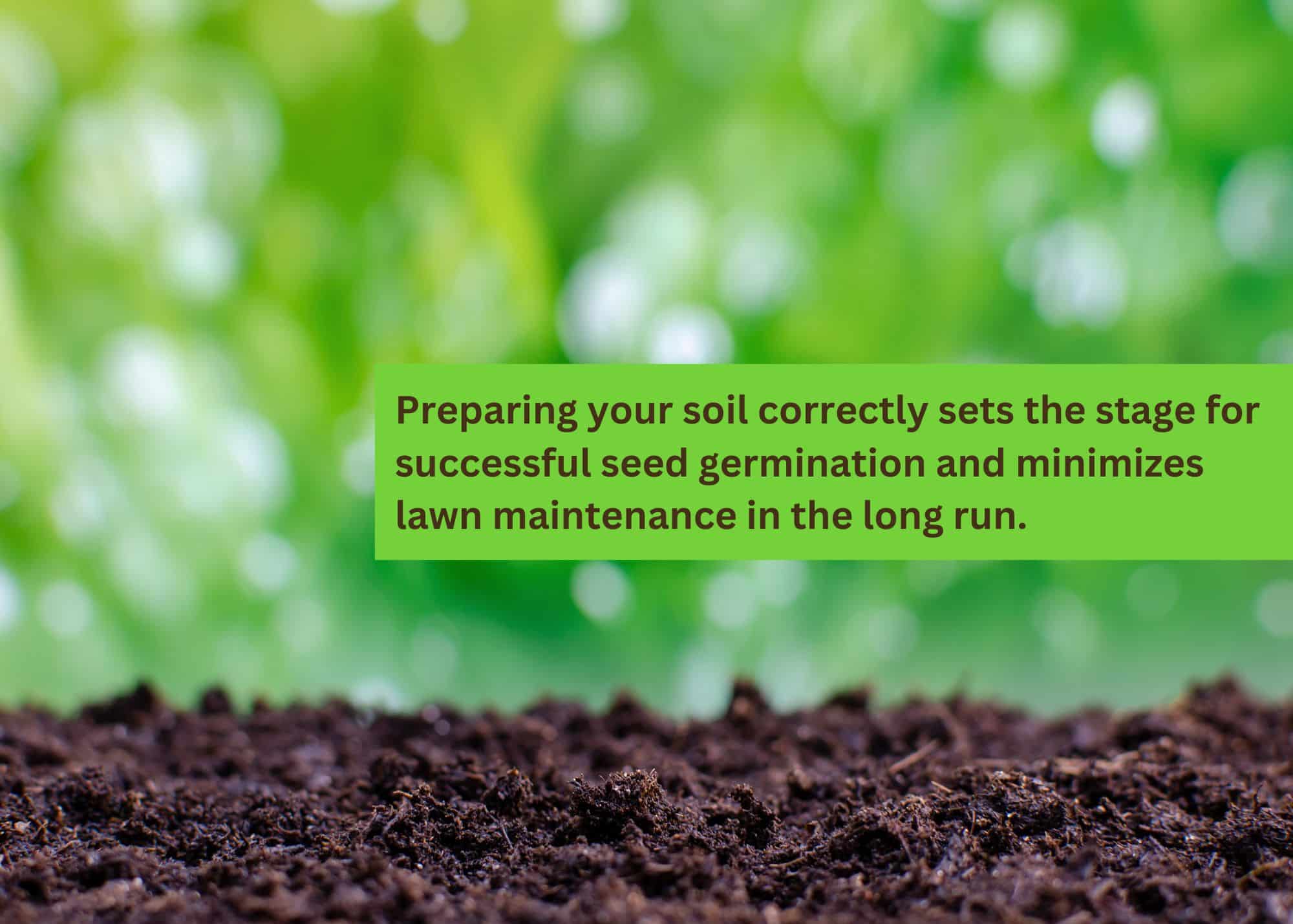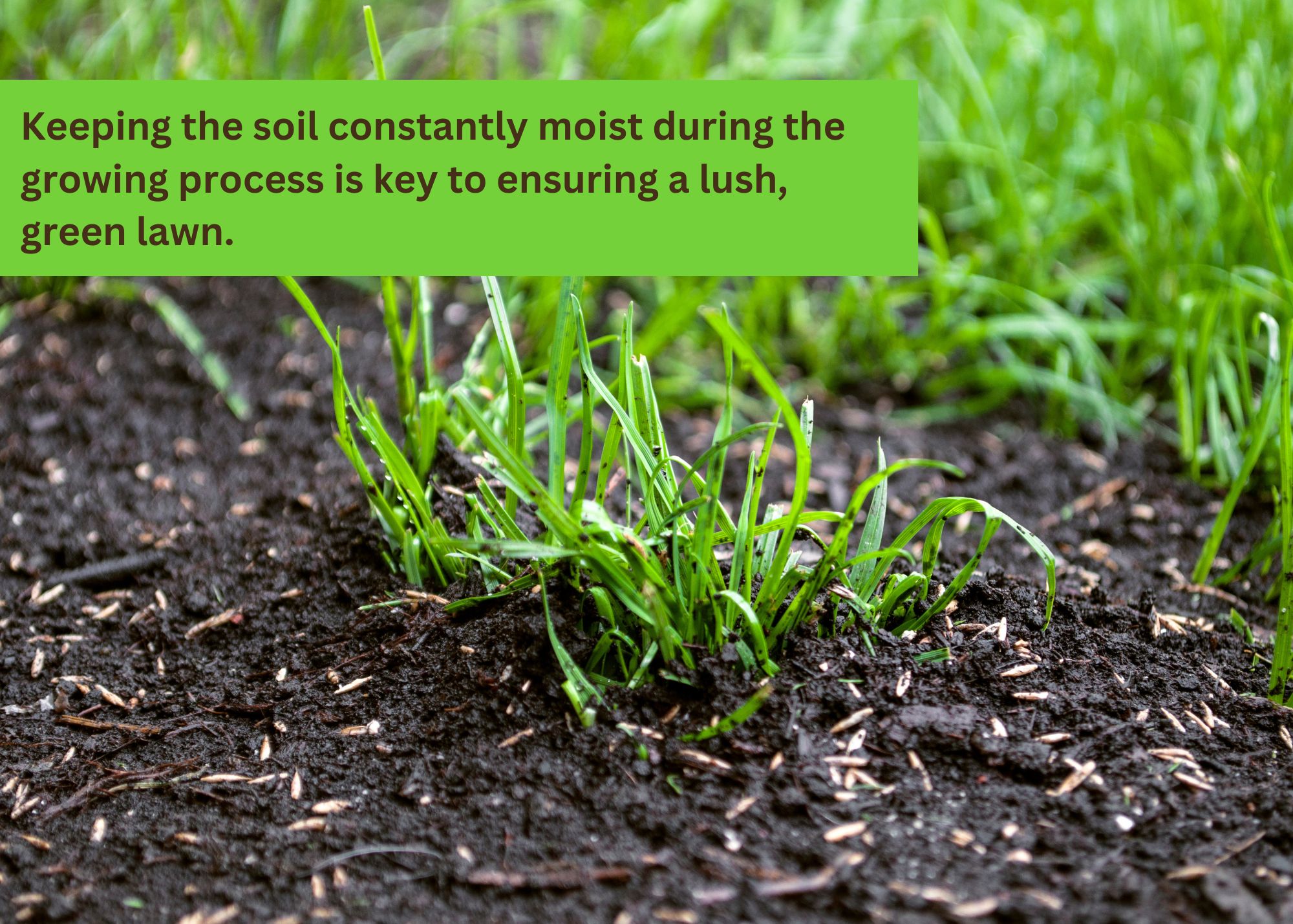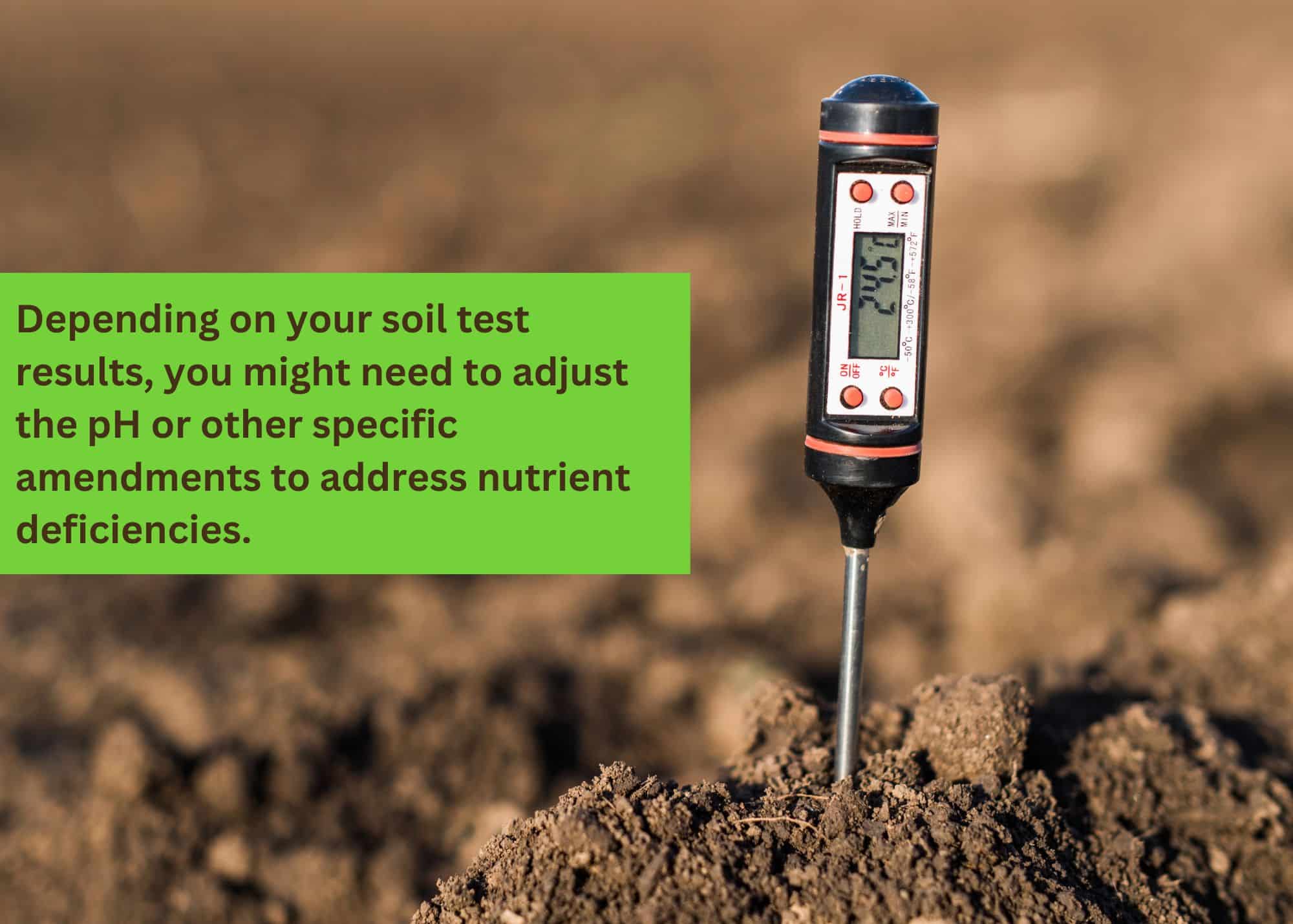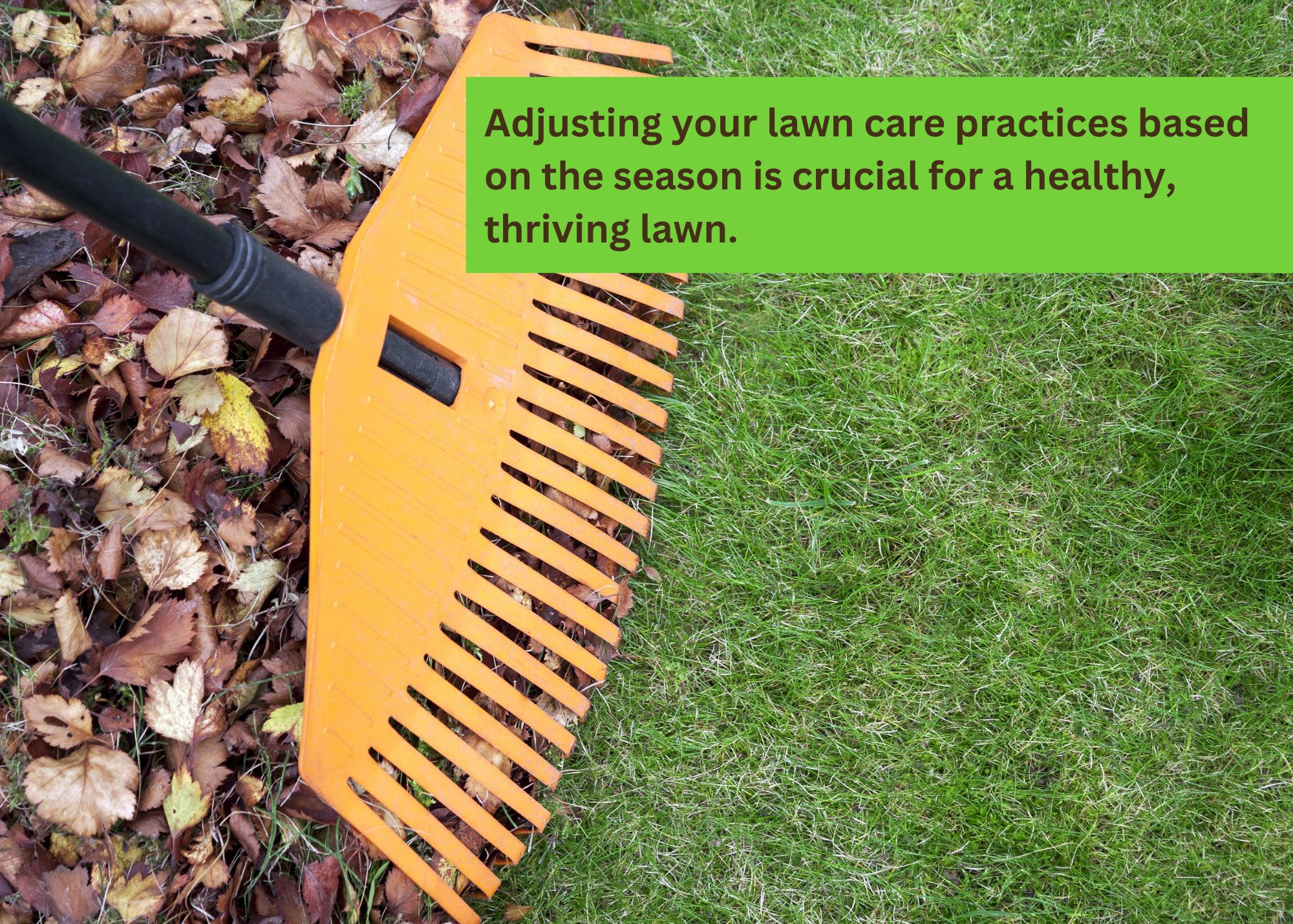Planting a New Yard: Transforming Your Outdoor Space
A lush lawn has many enemies: insects, diseases, weeds, and even human and animal traffic keep your lawn from being everything you want it to be.
But here’s the real question: what can you do about it?
At Zimmerman Mulch, we specialize in creating picturesque landscapes, ensuring your outdoor area becomes a sanctuary of beauty and tranquility. We know that you, as a homeowner, want a backyard that provides that enjoyment while requiring little maintenance.
In this blog, we guide you through the essential steps to planting a new yard—from soil prepping to choosing the right seed and watering tactics to fertilizer application. Read on to equip yourself with the knowledge to effortlessly achieve a lush, green lawn.
Preparing Your Soil for Seed
Seeing your new green grass sprout is the exciting part of planting a yard, but the soil has to be prepared properly for that to happen.
Properly preparing your soil ensures that your seeds have the ideal environment for germination and growth.
Here are the steps to prepare Your soil:
Clear the Area:
Clearing the area is crucial, as weeds and debris can hinder seed germination and growth. Begin by removing all weeds, rocks, and debris from your yard. Use a garden rake for small debris or a larger tiller for more cumbersome obstacles. If you are preparing a large area for seeding, a Harley Rake or a landscape rake are tractor-mounted rakes used for grading and preparing seedbeds.
Test Your Soil:
Conduct a soil test to determine its composition and pH levels. Your soil’s pH (its acidity or alkalinity) affects plant growth. Plants need nutrients to grow, and the soil’s pH affects how well plants absorb these nutrients. This knowledge is crucial for knowing what amendments are necessary for optimal grass growth. Soil testing kits are available at most garden centers, or you can send a sample to a local agricultural extension office for analysis.
Aerate the Soil:
Use a lawn aerator to perforate the soil, allowing air, water, and nutrients to penetrate deeper into the roots of your new grass. Aeration is especially important if your soil is compacted, as it helps to alleviate soil compaction and promotes healthy root growth.
Add Organic Matter:
Incorporate compost or organic matter into the soil to enhance its fertility and structure. Organic matter improves soil aeration, water retention, and nutrient availability. Spread a layer of compost over the soil and mix it in using a garden fork or tiller.
Level the Surface:
Rake the soil to create an even surface, preventing water from pooling and ensuring uniform seed distribution. Leveling the soil also helps to avoid uneven growth and makes mowing easier in the future.
We get it - this seems like a lot of work, but preparing your soil correctly sets the stage for successful seed germination and minimizes lawn maintenance in the long run.

Choosing the Right Grass Seed
Once you’ve prepared your soil, it’s time to find the perfect grass seed for your conditions. Here at Zimmerman Mulch, we offer a variety of grass seeds tailored to the specific needs of Lebanon, Lancaster, Berks, Schuylkill, and Dauphin counties.
Let’s dive into a few tips for choosing the right seed:
Climate Compatibility:
Opt for seeds well-suited to your region’s climatic conditions. Cool-season grasses, such as Kentucky Bluegrass or Fescue, are ideal for areas with cold winters and hot summers. Warm-season grasses, like Bermuda or Zoysia, thrive in hotter climates. We also recommend planting native grasses as much as possible since they thrive in their native areas.
Soil Type:
Ensure that the seed is compatible with your soil type, whether sandy, clay, or loamy. Different grass species have different soil preferences, and choosing a seed that matches your soil type will promote better growth.
Usage:
Consider the intended use of your lawn. For high-traffic areas, choose robust varieties like Perennial Ryegrass. For ornamental lawns, a blend of fine fescues could be more suitable. If you have pets or children who will be playing on the lawn, select a durable grass type that can withstand heavy use.
Sunlight:
Evaluate the amount of sunlight your yard receives daily. Certain grasses thrive in full sun, while others prefer partial shade. For example, fine fescues and certain types of ryegrass perform well in shaded areas, while Bermuda grass requires full sunlight to grow properly.
Consult Experts:
Our team at Zimmerman Mulch can help you select seeds that guarantee a healthy and vibrant lawn. We provide tailored recommendations based on your specific yard conditions and preferences.

Taking Care of Freshly Planted Grass Seed
Once your seeds are down, they require specific care to ensure they germinate and grow into a lush lawn. Here’s how to nurture your new grass seedlings.
Steps to Care for Freshly Planted Seeds:
Initial Watering:
Water the seeds gently but thoroughly immediately after planting to settle the soil and initiate seed germination. Use a fine spray to avoid washing away the seeds. The goal is to moisten the soil without creating puddles.
Consistent Moisture:
Keep the soil consistently moist but not waterlogged. Light watering several times a day is ideal until the seeds germinate. Once the grass starts growing, you can reduce the frequency but increase the depth of watering. The soil should be moist to a depth of about 1 inch. If you have a large area of grass to water, you may find a sprinkler system saves to lots of time and energy.
Protect from Foot Traffic:
Avoid walking on newly seeded areas to prevent displacement and compaction of the delicate seedlings. Consider putting up barriers or signs to keep pets and children off the new grass.
Mulching:
Apply a thin layer of straw mulch to help retain moisture and protect seeds from birds and harsh weather conditions. The mulch will also help to moderate soil temperature and prevent erosion. Avoid using too much mulch, as it can smother the seeds.
Mowing:
Wait until the grass blades are at least 3 inches high before mowing for the first time. Set your mower to a high setting to avoid stressing the young grass. Make sure the mower blades are sharp to ensure clean cuts and minimize damage to the new grass.
It’s imperative to be patient and diligent during this stage, as early care ensures the long-term health of your lawn.

Fertilizer and Supplements for a New Lawn
Fertilizers and soil supplements play a significant role in giving your new lawn the best start possible. These nutrients support root development and robust growth.
Recommended Fertilization Practices:
Starter Fertilizer:
Apply a starter fertilizer high in phosphorus at the time of planting to promote strong root development. Phosphorus is essential for root growth, and a starter fertilizer will help your grass establish a healthy root system.
Organic Fertilizer Options:
Consider using organic fertilizers, which release nutrients slowly and improve overall soil health. Organic fertilizers are derived from natural sources and are less likely to burn the grass or harm the environment.
Follow-Up Nutrients:
About 4-6 weeks after seeding, a follow-up application of balanced fertilizer provides continued nourishment. A balanced fertilizer contains equal parts nitrogen, phosphorus, and potassium, which support overall plant health and growth.
Weed Control:
If necessary, use a gentle weed control product to prevent weeds from competing with your new grass. Avoid using harsh chemicals that can harm the young grass. Organic and environmentally friendly weed control options are available.
Soil Amendments:
Depending on your soil test results, you might need to add lime to adjust the pH or other specific amendments to address nutrient deficiencies. Lime can help raise the pH of acidic soils, making nutrients more available to plants.
Providing the proper nutrients at the correct times ensures your lawn grows strong and healthy, reducing future maintenance needs.

Additional Tips for a Thriving Lawn
Now that you’ve carefully prepared the soil, planted the correct seed, and cared for your new grass, here are a few tips for maintaining your lawn.
Proper Mowing Techniques:
Once your lawn is established, follow proper mowing techniques to maintain its health. Mow regularly, but avoid cutting more than one-third of the grass’s height. Keep mower blades sharp to ensure clean cuts.
Irrigation Practices:
Water deeply and infrequently to encourage deep root growth. Early morning is the best time to water to minimize evaporation and reduce the risk of fungal diseases. Aim for about 1 inch of water per week, including rainfall.
Aeration and Overseeding:
Aerate your lawn annually to alleviate soil compaction and promote healthy root growth. Overseeding in the fall can help to fill in thin areas and improve the overall density of your lawn.
Pest and Disease Management:
Monitor your lawn for signs of pests and diseases. Early detection and treatment can prevent major problems. Use integrated pest management (IPM) practices to minimize the use of chemical pesticides.
Seasonal Care:
Adjust your lawn care practices based on the season. For example, reduce watering and mowing frequency during the cooler months and apply a winter fertilizer to prepare your lawn for the dormant period.

conclusion
Achieving a lush, vibrant lawn doesn’t have to be a daunting task. By following these crucial steps, you can ensure a successful and rewarding landscaping project. Remember, it starts with the right soil preparation, the best-suited seed selection, proper seed care, and appropriate fertilization.
If you’re ready to create your dream outdoor space, Zimmerman Mulch is here to help. From top-quality grass seeds to expert landscaping services, we provide everything you need to create a beautiful and thriving lawn.
Our drive is to ensure every homeowner has an outdoor living space that provides beauty and relaxation while also adding value to their home is what drives us. Our mission statement - “We exist to bring beauty to the lives of others” - embodies this desire.
Contact us today about our products and services, and let’s turn your backyard dreams into reality.




